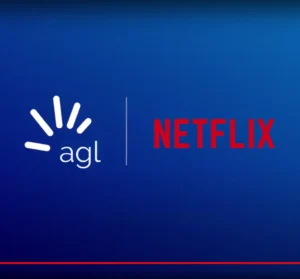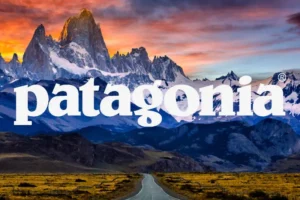Once a solo activity, gaming is the social hub of millions in Australia. From shared worlds to group conversations, online gaming revolutionises how connections happen online.
Australian online entertainment has long surpassed the limitations of the usual streaming and chat sites. And with the momentum shifting away from passive consumption and towards interactive engagement, the new frontier has become the world of social gaming. Even websites that once epitomised lotto online activity are now being replaced with multi-user interactive digital games.
From single player to social hubs
Australian gaming has seen a radical transformation in the last decade. From being a solo activity on home consoles or desktop PCs, gaming has evolved into a networked, socially shared activity. Whether signing in to build cities, travel virtual worlds or contest highly structured arenas, players increasingly choose games that enable discussion, cooperation and community.
These online games, like Fortnite, Roblox, Minecraft and Among Us, have gained popularity among Australian youth because they are open-ended and have built-in social features. Unlike the individual play of the preceding generations, games today usually involve real-time voice chat, shared questing and games developed by the community, which combine gaming and social networking.
To most users, particularly adolescents and young adults, the platforms have been the de facto place to hang out with friends instead of after-school or weekend gatherings. Rather than scrolling the social feeds or being on a video call, the new age decides to be on an in-game activity that blends fun and communication.
The new public square for digital natives
It’s become something of an online public square. Just as parks, cafes and arcades once represented the must-visit community gatherings, online gaming universes offer convenient and safe locations to converge now online. These online universes allow the embedding of identity in life with avatars, the simultaneous sharing of experience in real time and maintaining relationships regardless of physical distance.
Several in-game activities have confirmed this culture change. Fortnite’s in-game concerts and Roblox’s events connect millions of players worldwide with massive Australian audiences. These events turn gaming into a real, shared experience, bringing players thousands of kilometres apart.
It’s not limited to teenagers, either. Adults are approaching social gaming platforms in the spirit of casual gameplay and conversation. Games that offer a non-competitive, communal structure, like Animal Crossing or Stardew Valley, provide a different type of affiliation, based on shared activity and building instead of competition.
Safety, moderation and community dynamics
The rise of social gaming has witnessed increased consideration being accorded to safety, moderation and online wellbeing. The platforms offer unprecedented linking methods, but with them, the problem of exposure to unwanted content, online bullying and screen dependency arises.
Parents, educators and platform developers have responded with varying degrees of intervention. Most commercial games now provide parental controls, filters and age-locked functionality. Schools and organisations in Australia have launched online literacy programs that aim to steer young users towards responsible use of the online world.
Nonetheless, challenges are plentiful. As social gaming is ever-changing, it isn’t easy to keep safety features updated. Players often create their servers or mod gameplay settings, evading official bans. Remaining open and safeguarding remain key issues within the burgeoning industry.
Regardless of such suspicions, the community is the signature of the social gamer. Australian players overwhelmingly respond that online gaming sites have diminished their feelings of isolation during periods of physical relocation and lockdown. In-game relations extend beyond the screen through guilds, Discord servers or casual group chats.
Technology and access drive growth
Internet infrastructure and device performance increases have made social gaming accessible to more Australians than ever before. Once limited by latency or limited bandwidth, rural users can connect to real-time sessions with minimal disruption. Cross-platform capability and cloud gaming extend the range of users further, allowing players with different devices to connect to the same session.
Mobile-first games have also expanded the age range. Games such as PUBG Mobile and Call of Duty Mobile provide console-grade gameplay on the phone and PC, appealing to players without a home setup. These games usually have team-based objectives and chat functionality, which retains the core social aspect of the trend.
Affordability is also factored in. Most modern social games are free-to-play, with optional in-game purchases instead of upfront costs. This makes the games financially accessible to casual players and allows the games themselves to sustain healthy, broad player bases.
Forming future social norms
While online encounters become increasingly common instead of face-to-face ones, social gaming is transforming how 21st-century connection is experienced. One’s friends don’t need to sit next to each other or be thousands of miles apart—online shared experiences become more significant than physical proximity.
It is clearly evident in school courtyards, group chats and Australian teenage culture. References to in-game achievements, shared victories or Saturday raids are commonplace chatter. This evolution flips the former view of the gaming culture as an isolative or antisocial activity.
In the future, developers, educators and society must be able to match the pace of change. As online games remain playgrounds of the social sort, the significance of appreciating how they influence communication, cooperation and identity becomes more and more relevant.
Australian social gaming is not played anymore; it’s being presented. Against shifting communication etiquette, the online spaces offer millions of Aussies linkage, warmth and belonging.






